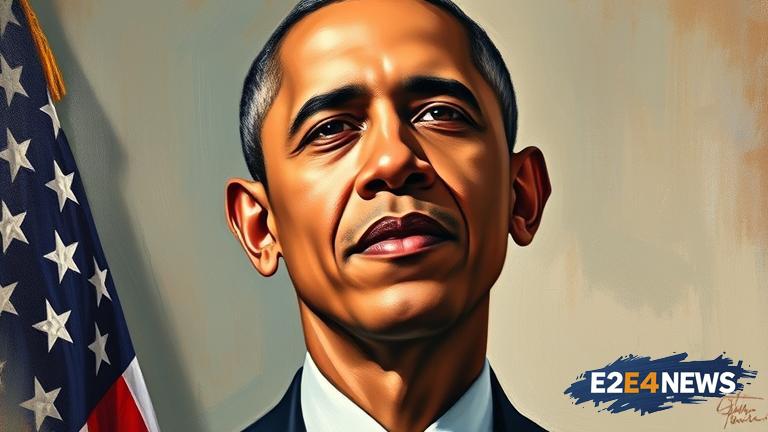Kehinde Wiley, the renowned artist who painted the official portrait of former President Barack Obama, has announced the cancellation of his upcoming show at the Smithsonian National Portrait Gallery. The decision comes after Wiley expressed concerns over censorship, citing the institution’s alleged attempts to control the narrative and content of his exhibition. The show, which was set to feature Wiley’s latest works, including his signature large-scale paintings of African Americans, was highly anticipated and had been in the works for several years. Wiley’s decision to cancel the show has sent shockwaves through the art world, with many of his peers and supporters expressing solidarity with the artist. The controversy surrounding the cancellation has sparked a wider debate about artistic freedom and the role of institutions in shaping the cultural narrative. Wiley has been an outspoken advocate for artists’ rights and has consistently pushed boundaries with his work, challenging traditional representations of power and identity. His portrait of Obama, which was unveiled in 2018, was widely praised for its innovative and nuanced depiction of the former president. The painting, which features Obama sitting in a chair surrounded by lush greenery and flowers, was seen as a powerful symbol of hope and change. Wiley’s work has always been characterized by its unapologetic and unflinching portrayal of African American life and culture. His paintings often feature African American men and women in powerful and majestic poses, challenging traditional representations of blackness and beauty. The artist’s use of vibrant colors and intricate details has become a hallmark of his style, and his work has been widely acclaimed for its technical skill and emotional resonance. Despite his success, Wiley has never been afraid to speak truth to power and challenge the status quo. His decision to cancel the Smithsonian show is a testament to his commitment to artistic freedom and his refusal to compromise his vision. The cancellation has also raised questions about the role of institutions in supporting and promoting artistic expression. The Smithsonian, which is one of the largest and most respected museums in the world, has a long history of showcasing innovative and provocative art. However, the institution has also faced criticism for its handling of sensitive and controversial topics. Wiley’s decision to cancel the show has sparked a wider conversation about the need for institutions to prioritize artistic freedom and to create a safe and supportive environment for artists to express themselves. The controversy has also highlighted the importance of artists being able to control their own narrative and to have a say in how their work is presented and interpreted. As the art world continues to grapple with the implications of Wiley’s decision, one thing is clear: the artist’s commitment to his vision and his values has inspired a new generation of artists and art lovers. Wiley’s work will continue to be celebrated and admired for its beauty, its power, and its unapologetic portrayal of African American life and culture. The cancellation of the Smithsonian show may be a setback, but it is also a testament to the artist’s courage and his refusal to compromise his vision. In the end, Wiley’s decision to cancel the show is a victory for artistic freedom and a reminder that artists must always be willing to challenge the status quo and push boundaries in order to create work that is truly innovative and meaningful.
